The professor of the University of Islamic and Thought Art said: Calligraphy has played a role in the field of writing and propagating the word of revelation, as well as having a decorative form, which rarely happens nowadays.
According to the visual arts service of our supporter Boraq Hamim’s art news website , today’s art has many types, some of which are preserved in a primitive form, such as calligraphy, and others are a combination of various arts. In the meantime, some arts, affected by historical and content developments, have taken various other forms from the point of view of content, which is Islamic art.
In the third part of the series of conversations about this art in Boraq Hamim, a conversation with Fariduddin Faridasr; We have had a professor at the University of Islamic Art and Thought and a cultural consultant of Iran in Delhi.
At the beginning of the discussion, in order to have a correct assessment of Islamic art, please state your definition of this title?
There are different views of Islamic art. Sometimes it is said that Islamic art is related to the history of Muslims or that Islamic teachings are considered in it. Some even believe that observing some Islamic rules while creating a work of art makes it Islamic. With this definition, works created in the field of geography of Muslim countries are called Islamic.
Boraq Hamim – Considering that with the spread of mass communication tools, modern arts have also spread in the society, are Islamic arts crystallized only in the traditional form of art or can it be seen in modern forms as well?
One should no longer consider only one form of art as an example of traditional art because new arts also play an important role in this regard. For this reason, any art that is the result of Islamic life and in which Islamic concepts are taken into account is included in the category of Islamic arts. The problem here is that when the lifestyle of Muslims is also modernized, then naturally, various forms of modern art can also take on an Islamic function. In the creation of Islamic art, copying never works, that is, someone may build a mosque based on Sheikh Lotfollah Mosque, but it cannot be called Islamic because it does not have an independent essence.
Boraq Hamim – Some of the plays are narrating Quranic stories. Does the mere narration of a story or a Quranic verse make it Islamic?
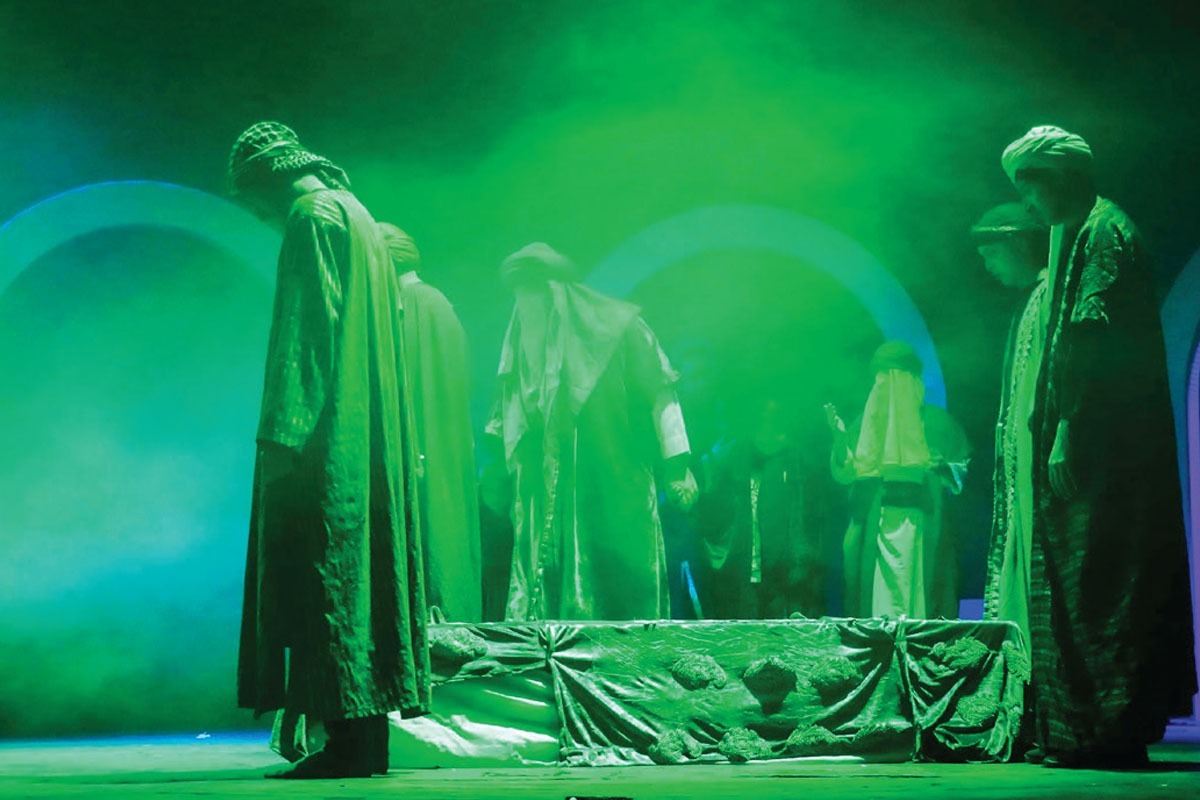
Telling a story or a verse cannot necessarily be a factor for reading the Qur’an as an art, but the opposite of this can also exist, that is, in a work without dealing with a Qur’anic topic, that work can be placed in the category of Islamic productions. The best example in this regard is the movie “Lili is with me”. In this work, we do not see any direct reference to religious or Islamic issues, but in its heart, this film considers high Islamic concepts.
Boraq Hamim – is the claim that Islamic art has grown through Iranians, a correct statement, or are there more nationalist tendencies in these words?
Certainly, Iranians were not beginners in Islamic art. Art is the result of the formation of civilization. In Iran, Islamic civilization spent nearly 300 years to find order and rules, so Iranians cannot be considered the initiators of Islamic art, but it is true that Iranians play a very serious role in the development and advancement of Islamic arts. For example, if we evaluate the art of the Timurid period, we will find that the peak of Islamic art is located at this stage, in the same way that in the Safavid period, artistic works tried to be close to the Timurid period. With this explanation, I emphasize again that only the peak of Islamic art began in Iran, but it was not the starting point.
Boraq Hamim – if any art has two functions, can it be used for practical purposes, or should it be considered only as a decorative form?
It is expected that both features (utility and decoration) exist in Islamic art because the practicality of art does not conflict with its decorativeness. This has clearly been the case in the past. For example, calligraphy is a clear proof of this claim. Calligraphy has played a role in the field of writing and propagating the word of revelation and has a decorative form, but it must be accepted that these two features are rarely present in artistic works and sometimes in calligraphy.
Boraq Hamim – There are certainly many characteristics in Islamic art. Please explain to what extent Ramadan culture has been an indicator for creating works in Islamic art?
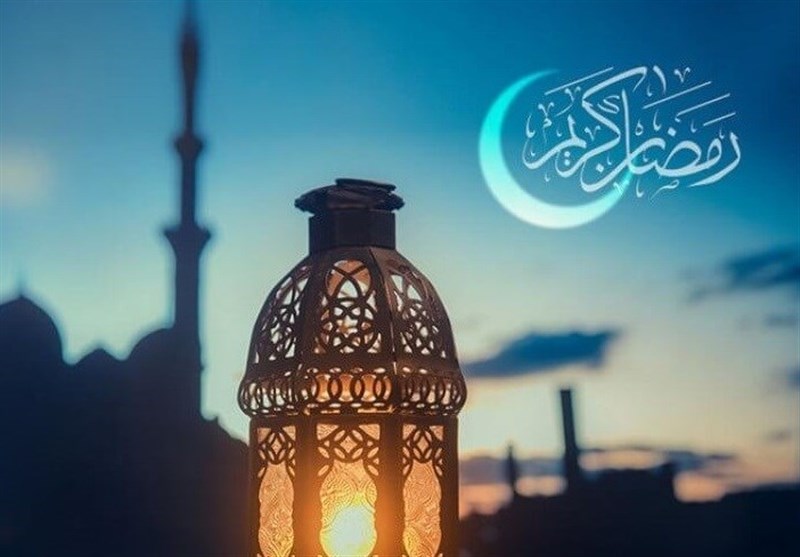
In many artistic productions, attention to Ramadan is considered in the form of Quranic verses or mosques. In all Islamic countries, people live with the Quran and mosques during the holy month more than any other time. This happens to artists as well. In such a situation, it is natural that the result of artists living with the Quran or mosques will appear in their works in different ways. Of course, you may ask that this issue is not as common as it should be, but our discussion is not about the amount or volume of production, but about the effects of Ramadan on artists’ works.
Boroaq Hamim – any art that takes a topical form includes a series of damages because superficiality in such works is always one of the common problems. Explain about this?
Some of the works created in the geography of Muslim countries have nothing to do with Islamic thoughts. For example, I will mention some palace constructions, whose construction philosophy has nothing to do with Islam, but these productions, from the point of view of some sociologists, are in the field of Islamic arts. Of course, when I talk about the palace, I don’t mean only the houses of the rich or rulers, but sometimes unnecessary luxury is also found in some mosques in this area.
Another harm that exists in Islamic arts, especially in today’s works of art, is the use of symbols to Islamize art, while some of these symbols are slogans that do not have any effect. If Islamic art should be able to flow. This can be seen in the architecture of some mosques today.
Interview by Davud Kenshlo
end of message
Source: Iqna
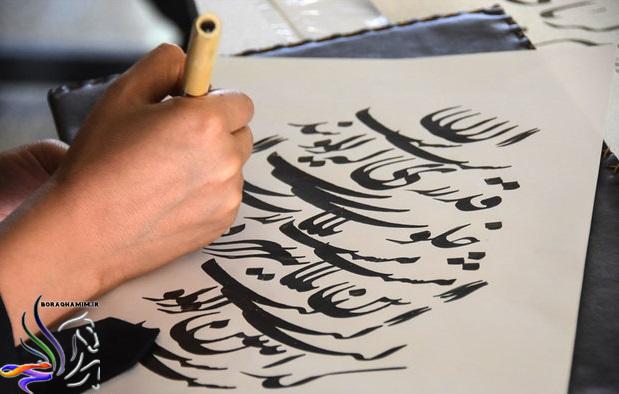
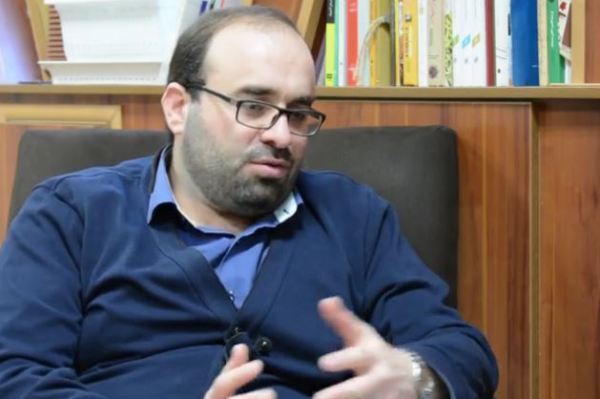

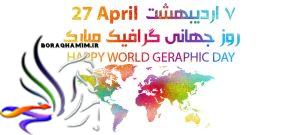

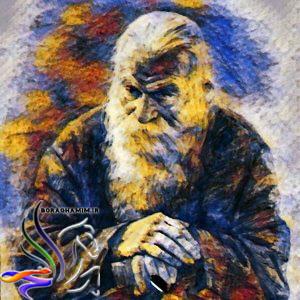

More Stories
Graphic Design
Mohammad Sadiq Saif
Realism works of Mohammad Soleymanifar